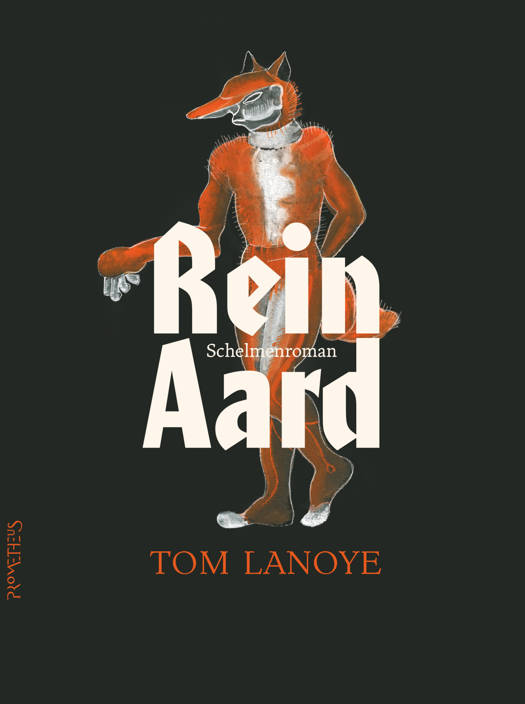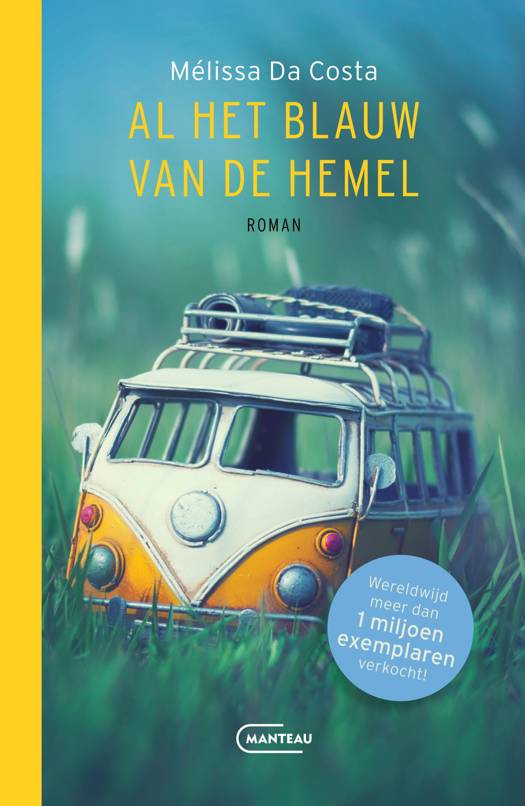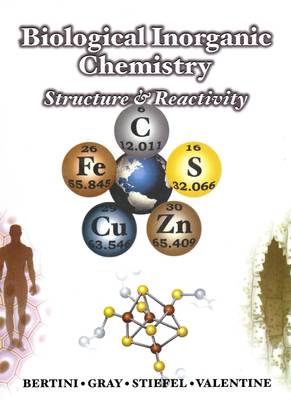
- Afhalen na 1 uur in een winkel met voorraad
- Gratis thuislevering in België vanaf € 30
- Ruim aanbod met 7 miljoen producten
- Afhalen na 1 uur in een winkel met voorraad
- Gratis thuislevering in België vanaf € 30
- Ruim aanbod met 7 miljoen producten
Zoeken
Biological Inorganic Chemistry
Ivano Bertini, Harry Gray, Edward Stiefel, Joan Valentine
Paperback | Engels
€ 86,45
+ 172 punten
Omschrijving
The long awaited text for 21st century courses in biological inorganic chemistry is now available. Organized and edited by Ivano Bertini, Harry Gray, Ed Stiefel, and Joan Valentine, with contributions from many other world leaders in the field, this all-new book is equally appropriate for graduate or senior undergraduate courses in bioinorganic chemistry. The book has been extensively class-tested at Princeton and UCLA, and it includes tutorials in biology and biochemistry and in inorganic chemistry to aid students of varying backgrounds. The main text is divided into two parts. Part A, "Overviews of Biological Inorganic Chemistry," sets forth the unifying principles of the field. A full course in bioinorganic chemistry could be based entirely on this overview section, which is a really a book within a book! Part B, "Metal-Ion Containing Biological Systems," describes specific classes of systems in detail. A special feature is the strong connection to the genomic revolution that has dramatically enhanced our ability to define the function of gene products in living organisms. Throughout the book, protein data bank codes are given for structures discussed in the text, and students are encouraged to learn to use the PDB in their courses and research. This exciting new book will be a must read for years to come for all students and researchers interested in the field of biological inorganic chemistry.
Specificaties
Betrokkenen
- Auteur(s):
- Uitgeverij:
Inhoud
- Aantal bladzijden:
- 740
- Taal:
- Engels
Eigenschappen
- Productcode (EAN):
- 9781938787966
- Verschijningsdatum:
- 1/01/2007
- Uitvoering:
- Paperback
- Formaat:
- Trade paperback (VS)
- Afmetingen:
- 203 mm x 267 mm
- Gewicht:
- 1610 g

Alleen bij Standaard Boekhandel
+ 172 punten op je klantenkaart van Standaard Boekhandel
Beoordelingen
We publiceren alleen reviews die voldoen aan de voorwaarden voor reviews. Bekijk onze voorwaarden voor reviews.











